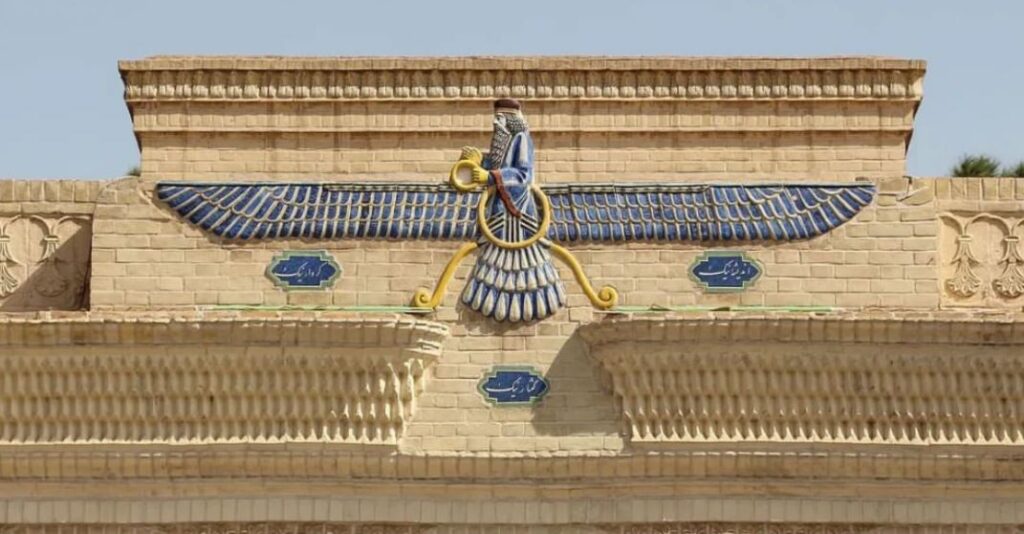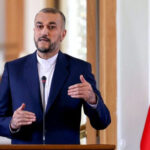Iran is currently an Islamic republic. Its constitution mandates that the official religion is Islam specifically the Twelver Ja’fari school of Islam.
While several religious minorities lack equal rights with Muslims, complaints about religious freedom largely revolve around the persecution of the Baháʼí Faith, the country’s largest religious minority, which faces active persecution. Several important Baháʼí cemeteries and holy places have been demolished, and there have been reports of imprisonment, harassment, intimidation, discrimination, and murder based on religious beliefs.
Hudud statutes grant different punishments to Muslims and non-Muslims for the same crime. In the case of adultery, for example, a Muslim man who is convicted of committing adultery with a Muslim woman receives 100 lashes; the sentence for a non-Muslim man convicted of adultery with a Muslim woman is death.
Conversion from Islam to another religion (apostasy), is prohibited and may be punishable by death.

Zoroastrianism is an Iranian religion and one of the world’s oldest organized faiths, based on the teachings of the Iranian-speaking prophet Zoroaster. It has a dualistic cosmology of good and evil within the framework of a monotheistic ontology and an eschatology which predicts the ultimate conquest of evil by good.\
Shiʿa Islam, otherwise known as Shiʿism, is the second-largest branch of Islam. It holds that the Islamic prophet Muhammad designated Ali ibn Abi Ṭalib as his successor. The Safavid conversion of Iran to Shia Islam was a process of forced conversion that took place roughly over the 16th through 18th centuries and turned Iran (Persia), which previously had a Sunni majority population, into the spiritual bastion of Shia Islam.
Sunni Islam is the largest branch of Islam, followed by 85–90% of the world’s Muslims. Its name comes from the word Sunnah, referring to the tradition of Muhammad.
Christians, Jews, and Zoroastrians are the most significant religious minorities. Read more on @iranianknows Instagram.





